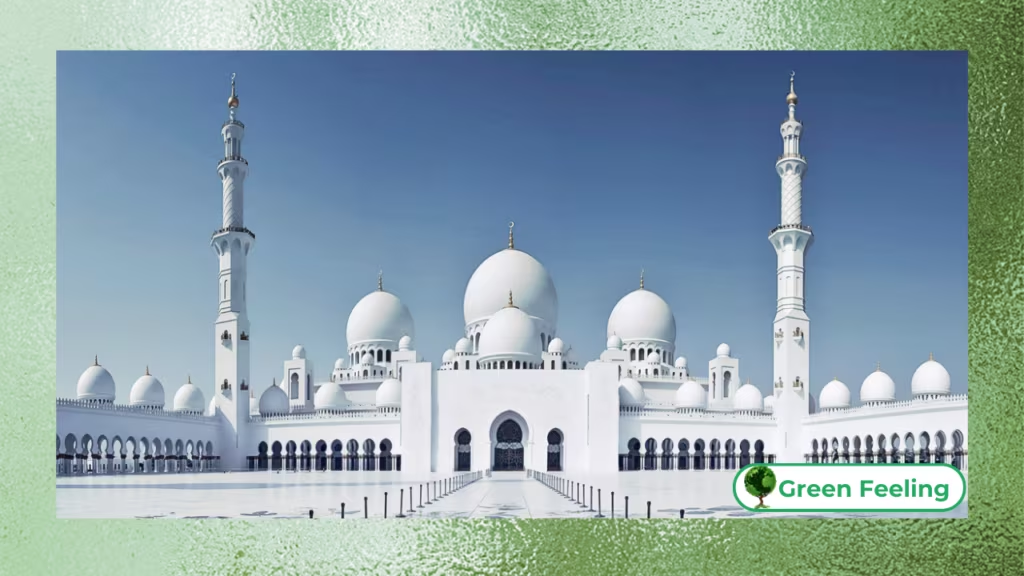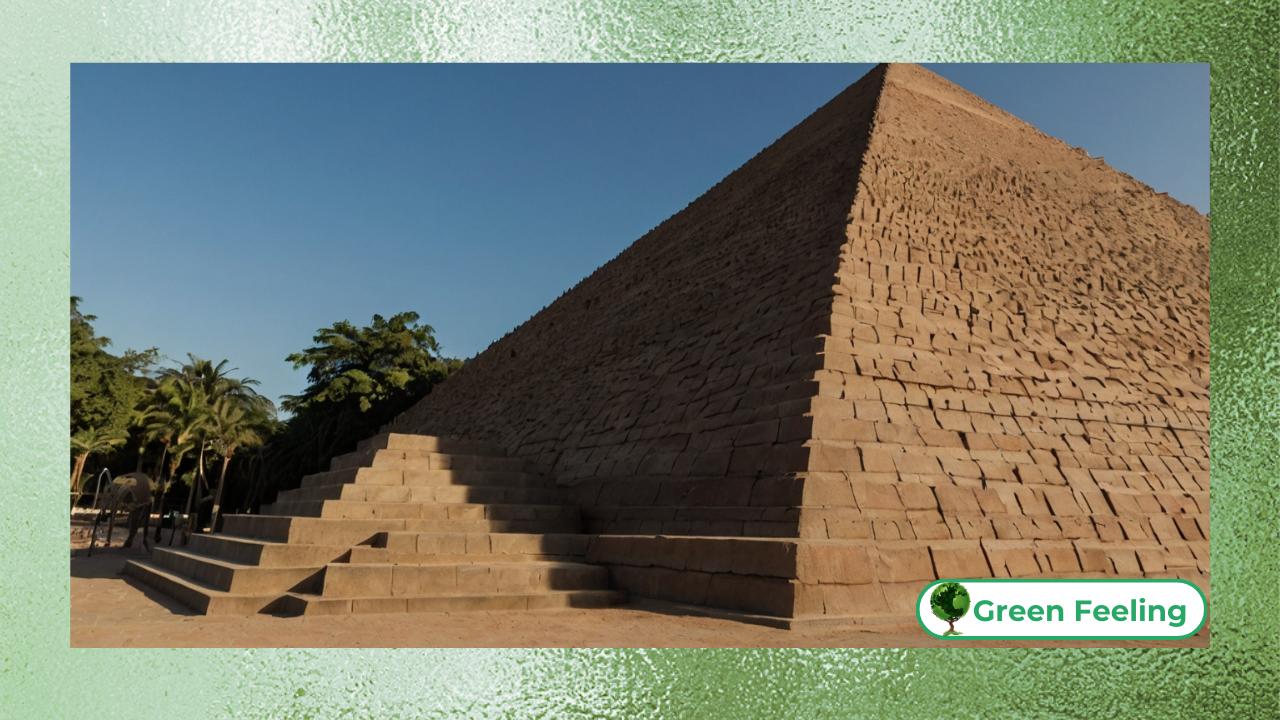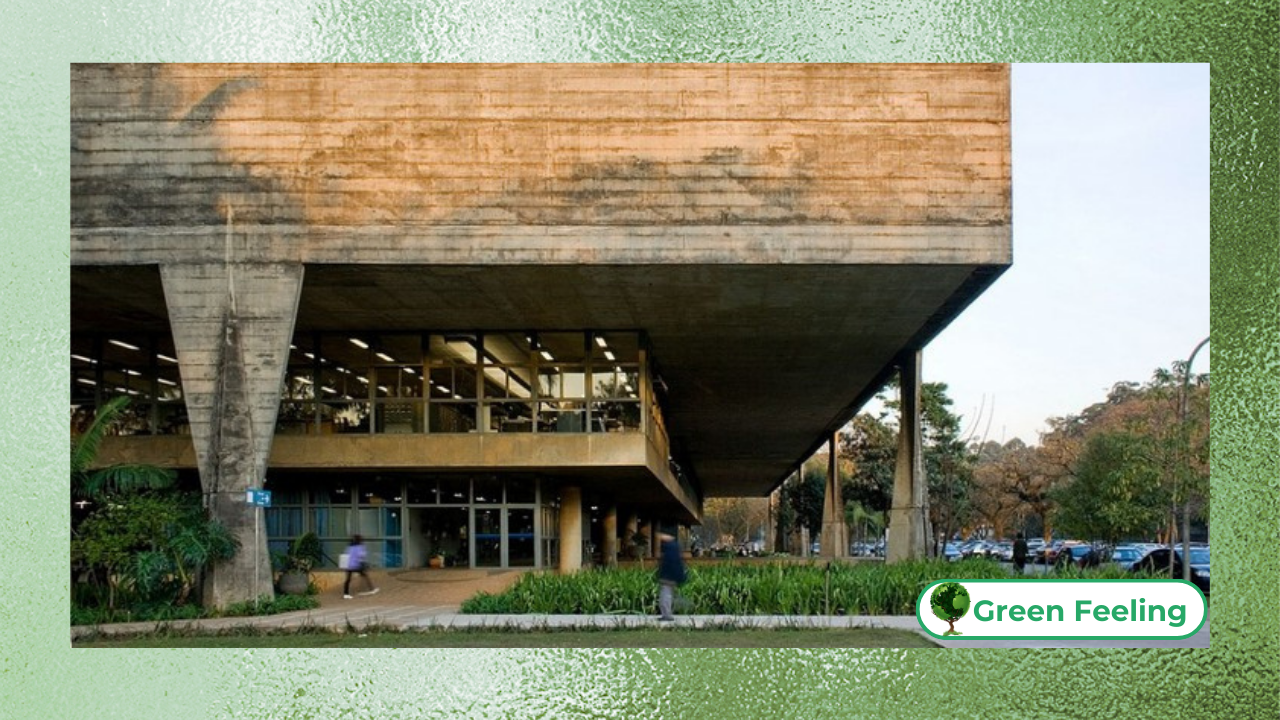Sacred Architecture: The Cultural Significance of Religious Monuments

The Historical Evolution of Sacred Architecture
Early Religious Structures
| Sacred Monument | Location | Purpose |
| Göbekli Tepe | Turkey | Ritualistic ceremonies |
| Pyramids of Giza | Egypt | Tombs for pharaohs, spiritual ascent |
| Stonehenge | England | Astronomical and spiritual rituals |
These early constructions paved the way for more complex religious structures, such as ziggurats in Mesopotamia and pyramids in Egypt, which embodied humanity’s desire to connect with the divine.
The Rise of Organized Religions
The advent of organized religions saw the development of grand temples, churches, mosques, and other sacred sites. For instance, the Parthenon in Athens was a symbol of devotion to Athena, the goddess of wisdom.
Similarly, Gothic cathedrals in Europe, such as Notre-Dame de Paris, showcased architectural advancements and deep spiritual significance.
Religious monuments became central to communities, serving not only as places of worship but also as cultural and educational hubs.
Their design often mirrored theological principles, with intricate symbolism embedded in their structures.
Symbolism in Sacred Architecture
Universal Sacred Elements
Certain elements recur in sacred architecture across cultures, symbolizing universal spiritual concepts:
- Height and Ascension: Spires, minarets, and domes often point skyward, representing the human aspiration to connect with the divine.
- Light and Illumination: Windows, often adorned with stained glass or intricate latticework, play with natural light to symbolize divine presence or enlightenment.
- Geometry and Harmony: Sacred structures frequently feature symmetrical designs and sacred geometries, such as mandalas or the golden ratio, reflecting cosmic order and balance.
Cultural Adaptations of Sacred Architecture
Each religion adapts these universal elements to its unique beliefs and traditions.
- Hindu Temples: Featuring intricate carvings of deities and mythological tales, temples like the Brihadeeswarar Temple in India embody the cosmos in their layout.
- Islamic Mosques: Emphasizing unity and simplicity, mosques often feature geometric patterns, calligraphy, and a central dome, as seen in the Sultan Ahmed Mosque in Turkey.
- Christian Cathedrals: Gothic cathedrals like Chartres in France emphasize verticality and light, creating awe-inspiring spaces that evoke divine majesty.
Sacred Architecture as Cultural and Social Hubs
Community and Worship
Sacred monuments have historically been centers of community life. Beyond religious rituals, they hosted educational gatherings, social events, and political discussions.
For example, medieval European cathedrals were often the heart of their towns, drawing pilgrims and fostering economic activity.
| Monument | Purpose Beyond Worship |
| Angkor Wat (Cambodia) | Educational, astronomical, and cultural hub |
| Jerusalem’s Western Wall | Community gatherings and historical memory |
| St. Peter’s Basilica (Vatican) | Pilgrimage and global religious leadership |
Challenges and Preservation
Threats to Sacred Architecture
Despite their significance, many sacred sites face threats due to:
- Urbanization: Encroachment on historical sites compromises their integrity.
- Conflict: Religious monuments are often targeted during wars, as seen in the destruction of Palmyra in Syria.
- Climate Change: Rising temperatures and environmental degradation threaten structures like Venice’s basilicas.
Preservation Efforts
Organizations like UNESCO and the World Monuments Fund work to preserve these cultural treasures. Modern technologies, such as 3D scanning and digital archiving, have become instrumental in restoration efforts.
Collaborative international projects also aim to protect these sites for future generations.
Contemporary Interpretations of Sacred Architecture
Modern Sacred Spaces
While traditional designs dominate sacred architecture, contemporary architects are redefining how spirituality is expressed through space.
Structures like the Lotus Temple in India and the Jubilee Church in Rome combine modernist aesthetics with timeless spiritual principles, showcasing how sacred architecture evolves.
Interfaith and Inclusive Designs
As societies become more multicultural, architects are designing interfaith spaces that cater to diverse religious practices.
These inclusive spaces emphasize unity and shared values while respecting individual traditions.
+ The Legacy of Confucianism in Contemporary Chinese Society
Conclusion
Sacred architecture is more than a testament to human ingenuity—it is a mirror reflecting humanity’s deepest beliefs, aspirations, and connections to the divine.
A Legacy of Faith and Culture
Throughout history, sacred monuments have been built to honor the divine and serve as cultural repositories. They symbolize a society’s collective values, beliefs, and artistic achievements.
Structures like the Taj Mahal, a blend of Islamic, Persian, and Indian influences, illustrate how sacred architecture transcends boundaries to unite people through shared experiences of awe and beauty.
Spiritual and Community Connections
Sacred architecture continues to play a vital role in community life, fostering connections between individuals and their faiths.
In a world increasingly defined by technological advances, these spaces provide a sense of permanence and spiritual grounding, reminding us of our shared humanity.
Preserving the Sacred for Future Generations
As these monuments face modern challenges, their preservation becomes an urgent global priority. Safeguarding these sites is not just about maintaining historical artifacts; it is about preserving the stories, traditions, and spiritual heritage they embody.
Efforts to restore and protect sacred architecture underscore the importance of these spaces in shaping cultural identities.
The Future of Sacred Spaces
Modern interpretations of sacred architecture, including interfaith spaces and environmentally conscious designs, reflect the evolving spiritual needs of contemporary societies.
By blending tradition with innovation, these structures ensure that sacred architecture remains relevant in a rapidly changing world.
Sacred architecture is a universal language that speaks to the heart of human existence. It reminds us of our quest for meaning, our connection to one another, and our place within the cosmos.
As we continue to build and preserve these spaces, we honor the enduring spirit of humanity and its relationship with the divine.
Read More Exploration:
- UNESCO World Heritage Sacred Sites
Explore sacred monuments recognized as UNESCO World Heritage Sites and their global cultural importance.
https://whc.unesco.org - World Monuments Fund
Discover efforts to protect and preserve endangered sacred architecture around the world.
https://www.wmf.org - Sacred Architecture Journal
A publication dedicated to the study and appreciation of sacred architectural design across cultures.
https://www.sacredarchitecture.org






